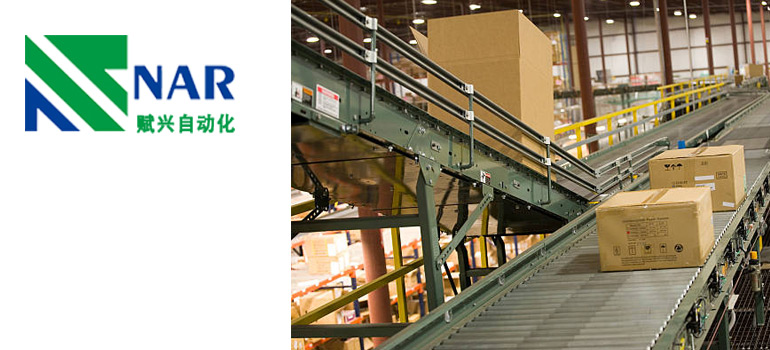The conveyor is a material handling tool, whose main function is to move goods from one place to another. Conveyors are usually used to transport heavy, dangerous, and large quantities of materials in the industry, so they cannot be handled or transported manually.
The following is an introduction to the composition of the conveyor and its related functions.
- Conveyor belt: conveyor belt is the main carrier used by the conveyor to transport materials, and it is also a component with relatively large wear. It mainly includes rubber belt and steel rope core conveyor belt, which are used to carry and transport bulk materials.
- Drive device: As the power source of the whole belt conveyor, the drive device is comparable to the “heart” of human beings. It is mainly composed of a series of components such as motor, drive drum, coupling, reducer, etc. Adjust the motor power according to the required conveying distance, conveying volume, etc.
- Motor: the motor is a part of the conveyor and the main driving force of the conveyor. Without the motor, the conveyor will not be able to move goods from one place to another.
- Gear reducer: gear reducer is a part of the conveyor, whose function is to reduce the speed of the drive motor. The speed of the motor is usually at high speed, so it is impossible to install it directly on the conveyor. For this reason, we need a gear reducer to make the belt conveyor not as fast as the motor. We can easily control it to reach the speed we want.
- Braking device: The braking device we refer to mainly refers to the backstop, which is an emergency stop device that can stop the operation of the system by preventing the reverse of the conveyor belt due to some factors during operation. It will cause the material to fall and cause the conveyor belt to break.
- Idler group: Idler is the most used part of the conveyor. Idler group is mainly used to carry the conveyor belt and materials and assist the conveyor belt to complete the transportation of the whole material.It is composed of upper idler, lower flat idler, deflection adjusting idler, buffer idler and frame. Buffer idlers are generally used at the feed inlet to reduce the pressure of materials on the conveyor.The return idler has the same function as the carrier idler, which supports the belt. However, the condition of supporting rubber belt is slightly different. On the return drum, the supported tape is empty or shipped.
- Tensioning device: Tensioning device is a necessary part to ensure that the conveyor belt has sufficient tension. Only with sufficient tension can the conveyor belt generate friction with the drum for normal operation.
- Direction changing device: the direction changing device is mainly composed of direction changing roller, special support and pressure roller.
- Cleaning device: When the belt conveyor of the cleaning device is running, it is very important to clean the dirt on the belt, drum and idler, because the dirt will cause the belt to run away and the running parts to wear seriously. Usually, a scraper sweeper is set behind the unloading drum to clean the dirty surface of the belt. Another method is to install a rotary brush at the bottom of the unloading drum to clean.
- Primary sweeper: the primary sweeper is the main part of the conveyor sweeping assembly, which is used to remove the residual materials attached to the belt surface.
- Secondary sweeper: the secondary sweeper on the conveyor has the same function as the primary sweeper, which is to clean the dirt on the belt after loading. If the dirt still passes the primary cleaner stage, the secondary cleaner will be used as a backup.
- Unloading device: to facilitate unloading, the front end of the machine head is equipped with an extended unloading rack.
- Fuselage frame: The fuselage frame includes the intermediate frame, leg and beam, which is a part of the conveyor and serves as a place to connect all conveyor components.
Conveyor components play an important role in the conveyor and support the smooth operation of the conveyor. The components of different conveyor types are slightly different.

